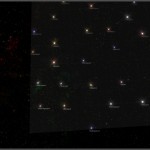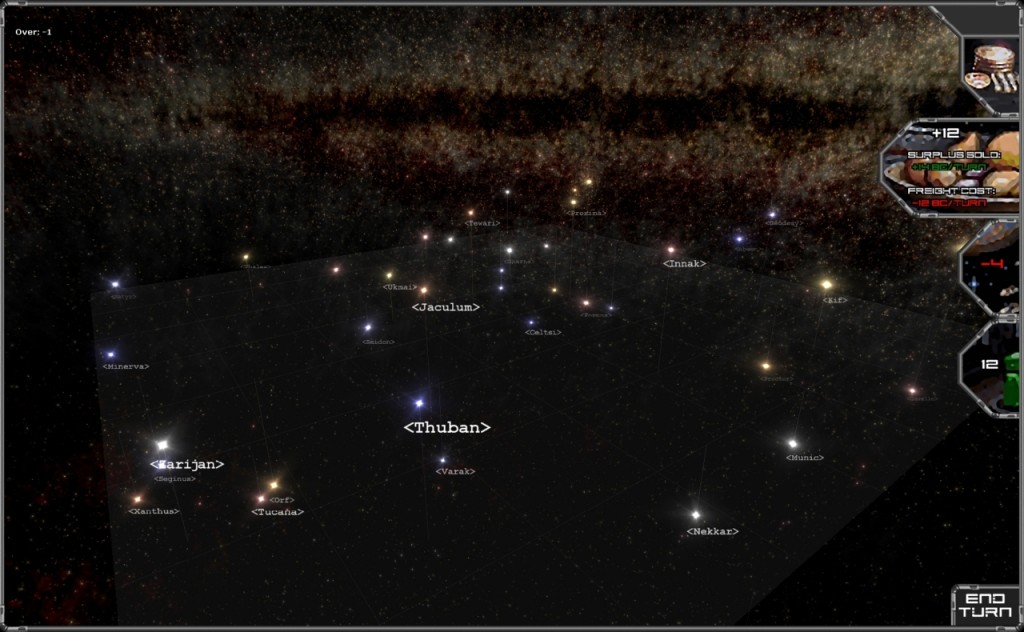Most of this week’s work on my space 4X game has been in putting together a good system for placing items like 3D models of buildings on a planet’s surface. Part of the difficulty is in the fact that the planet graphics are generated entirely on the GPU, so the CPU doesn’t have access to that data. I came up with a fantastic system that works around that issue and gives access to not only height data but also details like what type of terrain is on a particular spot or whether it’s in an ocean.
So now I can place buildings on the surface of a planet, zoom out, rotate the planet and the building appears to stay put on the surface. When placing certain buildings like a water extractor, I can make it only placeable on water or make it fulfil any other criteria I want. I could make mining drills that you move around to find the best spot, or geothermal power stations that can only be placed on fault lines. There’s a lot of versatility in the system, so it’s been fun to work with this week. Read More










